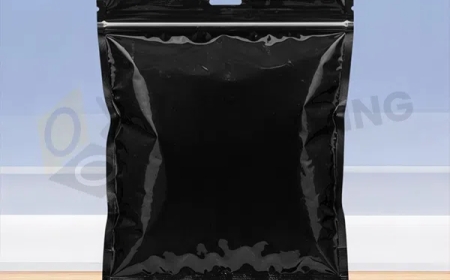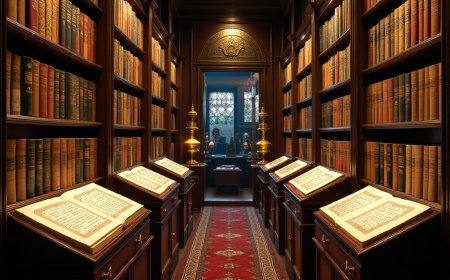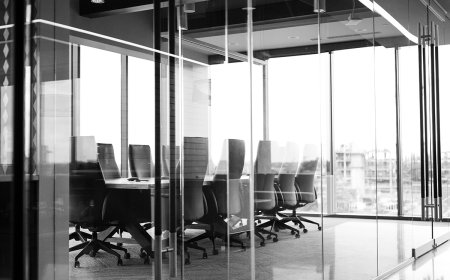Impact of Office Partition Design in Modern Workspaces
In today's fast-paced and innovation-driven world, the workspace environment plays a critical role in shaping employee productivity, comfort, and collaboration. Among the many elements that define a modern office, office partition design has emerged as a cornerstone in creating functional and flexible workspaces. These partitions not only define physical boundaries but also influence how employees interact, focus, and work within an office. As more businesses recognize the value of ergonomic and aesthetic work environments, the demand for well-thought-out partition systems has grown significantly. These designs are now about more than just dividing space they are strategic elements that impact the overall culture and performance of an organization.
Modern Trends in Office Partition Design
The concept of office partition design has drastically transformed from the old-school cubicle layouts to more creative, dynamic, and flexible partitions that cater to various working styles. With the rise of hybrid and remote work models, companies have had to rethink their office layouts to accommodate hot-desking, collaboration zones, and quiet areas. As a result, glass partitions, modular walls, sliding dividers, and acoustic panels have become popular options for companies looking to modernize their offices. These partitions are often mobile and customizable, allowing organizations to reconfigure their spaces with ease. Moreover, the integration of sustainable materials like recycled wood, low-VOC finishes, and eco-friendly fabrics is becoming a standard practice. These design innovations help businesses create a healthier and more inspiring workspace while reducing their environmental footprint.
The Role of Office Partitions in Enhancing Productivity
When strategically implemented, office partition design can significantly improve employee productivity and workplace morale. Open-plan offices, while popular for encouraging communication, often lead to excessive noise and distractions. Smart partitioning offers a balanced solution by maintaining openness while providing personal space and privacy. Acoustic panels, for instance, absorb sound and reduce noise pollution, helping employees concentrate better. Similarly, glass partitions maintain transparency and natural light flow while clearly marking distinct zones. This type of zoning helps minimize disruptions, provides quiet zones for deep work, and supports team-based collaboration without completely isolating employees. In essence, well-designed partitions are vital tools for optimizing workflow and maintaining a balance between openness and focus.
Creating Flexible Workspaces Through Office Partition Design
Flexibility is now a fundamental aspect of workspace design. The modern workforce expects environments that can adapt to changing tasks and team dynamics. This is where office partition design becomes a game-changer. Modular partition systems are particularly effective because they can be moved, removed, or reconfigured with minimal effort. This allows offices to accommodate different setups for group meetings, individual tasks, or client presentations. Movable glass walls, foldable dividers, and curtain partitions are ideal solutions that support this level of adaptability. The use of lightweight and durable materials ensures ease of transformation without compromising aesthetics. By incorporating flexible partition solutions, businesses can future-proof their spaces and maintain relevance in an ever-evolving corporate landscape.
Privacy and Collaboration: Striking the Right Balance
One of the main challenges in office design is striking the right balance between privacy and collaboration. Office partition design offers a middle ground where employees can engage with one another while still having access to private areas when needed. For example, incorporating low-height partitions encourages eye contact and communication while still defining personal work areas. On the other hand, using full-height acoustic partitions can offer secluded spaces for phone calls, video conferencing, or focused work. The inclusion of breakout zones, created using colorful and soundproof dividers, helps teams brainstorm and innovate without disturbing others. Therefore, a well-planned partition layout ensures a smooth flow of interaction while preserving essential quiet zones within the office.
Aesthetic Considerations in Office Partition Design
Functionality aside, aesthetics play a huge role in influencing employee motivation and a company's brand identity. A thoughtfully crafted office partition design contributes to the overall look and feel of the workplace. For instance, using glass partitions with frosted patterns or colored accents can lend a sophisticated and professional appeal. Wooden partitions add warmth and a touch of nature, while metal or industrial designs convey a modern and high-tech vibe. The choice of color, texture, and material of partitions can greatly affect how employees perceive their workspace. Companies can align the partition design with their branding elements to create a cohesive and visually appealing environment. A well-designed office doesn't just look goodit boosts employee morale, impresses visitors, and promotes a sense of belonging among staff.
Sustainability in Office Partition Solutions
Sustainability is another key factor that is shaping office partition design. More organizations are opting for green building practices, and partitions are no exception. Recyclable materials, energy-efficient production processes, and low-emission adhesives are now integral to the manufacturing of partitions. Additionally, modular partitions that can be reused and reassembled in new layouts reduce waste and support circular economy principles. Choosing sustainable partition solutions not only enhances the company's corporate social responsibility image but also provides healthier work environments for employees. Offices that embrace eco-friendly design often see improved air quality, reduced carbon footprints, and a greater sense of purpose among workers.
Integration of Technology in Office Partition Design
As offices become smarter, technology integration into partitions is becoming more common. From built-in power outlets and USB ports to smart glass that can switch between clear and opaque, office partition design is evolving to include digital features that enhance functionality. Interactive whiteboard surfaces, built-in LED lighting, and temperature control panels are examples of how partitions can contribute to an efficient and technologically advanced workspace. These innovations are particularly useful in meeting rooms and collaborative zones where functionality and flexibility are essential. By incorporating smart features, partitions move beyond being simple space dividers and become active contributors to productivity and efficiency.
Conclusion
The role of office partition design has transcended traditional definitions and now encompasses a blend of functionality, flexibility, aesthetics, and sustainability. Whether its creating quiet zones, enabling team collaboration, or enhancing the visual appeal of a space, modern partitions offer versatile solutions that cater to the evolving needs of todays work environments. Businesses that invest in innovative and adaptive partition designs are better positioned to attract top talent, retain employees, and maintain high productivity levels. For companies looking to upgrade their workspaces and make meaningful improvements in layout and culture, thoughtful partition planning is a step in the right direction. To truly elevate your office interior and functionality, consider the refined solutions offered by office furniture, where design meets purpose and innovation drives results.


































